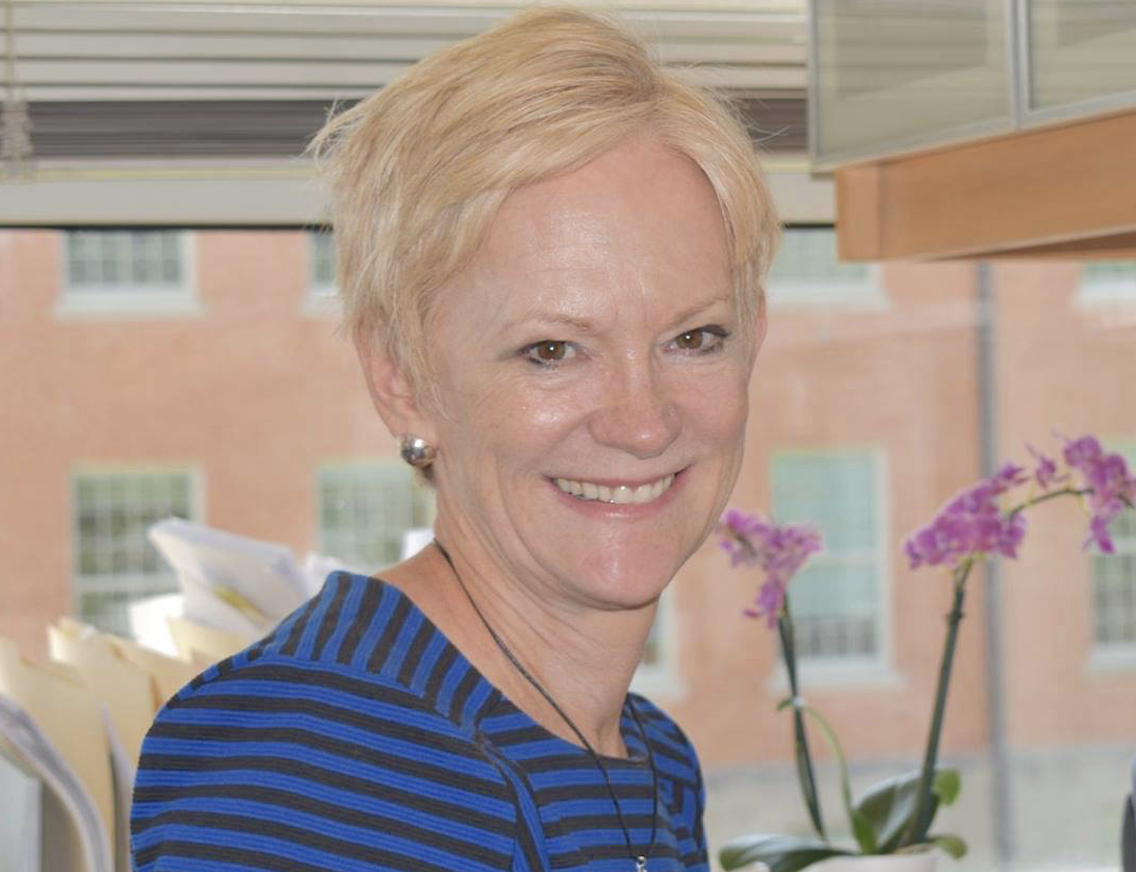Will Teaching Be the Next Step in Your PR Career?
By Margaret Ritsch, Ed.D., APR, Fellow PRSA
March 2022
Are you hungry for a change of pace and more purpose in your PR career? Consider teaching! Nine years ago, I walked into a university classroom for the first time since grad school and have never looked back.
A typical workday from my fall 2021 semester: Flip on the projector while 20 or so young adults chat and scroll through their Instagram feeds, waiting for you to start. Announce the plan for the day and engage in a discussion with students about messaging in a crisis and maintaining trust with stakeholders. Put them into groups to work on a risk assessment for a real client.
When the hour is up, pack your bag, head to your office in another building, check your email and then join a faculty meeting via Zoom. An hour or so later, head to another building and start your next class, this one to help students understand systems theory and how to conduct a focus group. Head home at 3:30 p.m., do some yoga stretches, and return to your laptop to catch up on email and tackle some grading. Imagine talking with one student who’s jumping with excitement about his earnings that day in bitcoin and with another who asks for your advice about careers in crisis communication.
 When teaching, you’re “on stage” much of the time. Your students view you as the expert, even if you’re scrambling to master the content you’ll teach the next day. (I did not learn about bi-variate data analysis when working as the PR director at an ad agency.) Your tenure-track peers, while laser-focused on their research, will respect the practical knowledge and experiences that you bring into the classroom.
When teaching, you’re “on stage” much of the time. Your students view you as the expert, even if you’re scrambling to master the content you’ll teach the next day. (I did not learn about bi-variate data analysis when working as the PR director at an ad agency.) Your tenure-track peers, while laser-focused on their research, will respect the practical knowledge and experiences that you bring into the classroom.
Making the leap
“I truly love teaching,” says Anthony D’Angelo, APR, Fellow PRSA, and PRSA’s 2018 chair. “This is going to sound melodramatic, but for me it was a calling.”
D’Angelo became a professor of practice at Syracuse University’s S.I. Newhouse School of Public Communications about six years ago. When he learned of the opportunity to apply his experience and knowledge to the classroom, “it struck me as a chance to contribute meaningfully to the profession,” he said, “and it’s been more rewarding than I had even imagined.”
As with countless other educators, D’Angelo was at the height of his professional career when he taught his first course as an adjunct and caught the teaching bug.
Karen Lindsey, Ph.D., had a similar experience. She had worked as a senior executive at Edelman and other firms for years before transitioning into higher education administration. She taught a few classes on an adjunct basis at Texas Christian University before realizing she wanted to teach full time.
Now a tenure-track assistant professor at Elon University, she says she’s “constantly invigorated because the practice of public relations and strategic communications is always changing.” Beyond needing prowess in digital content and social media, PR is “about business acumen related to these domains,” she says.
Learning which credentials and background you’ll need
Most colleges and universities look for PR-teaching candidates who have a master’s degree and a record of accomplishment in the communications profession. Many schools also require some teaching experience, perhaps one or two adjunct courses. I earned my doctorate in Higher Education Leadership during my time at Texas Christian University not because I needed it, but because I wanted the challenge and valued the credential.
Non-tenure-track professors are often asked to advise an institution’s PRSSA Chapter, so active involvement in PRSA can make you a more attractive candidate for teaching. Agency experience is another plus. Student PR firms exist at more than 160 colleges and universities across the United States and they need faculty advisers. Strong candidates for PR-teaching positions convey an aptitude for service and a desire to work with Gen Z students.
Non-tenure-track positions for teaching public relations are in demand.
“It’s incredibly difficult to find candidates with an excellent professional background and some teaching experience,” says Stacey Hust, Ph.D., chair of the Strategic Communication Department and an associate dean at Washington State University.
“It will be interesting to compare pre-pandemic and post-pandemic candidate pools,” says Dean Mundy, Ph.D., an associate professor who oversees the public relations program at the University of Oregon.
“I’m seeing a lot of folks inside and outside of academia considering major career moves, and it remains to be seen how that affects hiring non-tenure-track faculty,” he says. “My hope is that it means more robust candidate pools comprising individuals looking to make that jump.”
Finding the right opportunity
Several organizations host job boards where PR professionals can find teaching opportunities, including the Association for Education in Journalism and Mass Communication, the National Communications Association, The Chronicle of Higher Education, HigherEdJobs and PRSA.
Professionals who teach on an adjunct basis and receive positive student reviews are frequently invited to apply for openings (especially those posted at the last minute) and may find themselves on the fast-track to being hired. Many opportunities are posted in the spring and summer, just before the fall semester begins.
Discussing salaries and benefits
No one ever became a teacher to get rich. Still, career-track teaching roles can pay in the same range as nonprofit positions, depending upon the department’s budget and the candidate’s negotiating ability. Annual salaries are all over the place: on the low end, the mid-$50,000s but up to $100,000 and above for the right candidate at some flagship institutions.
The trade-off is that you forgo a higher salary but gain autonomy. Rarely does anyone look over your shoulder; most department chairs are just too busy putting out fires to micromanage their faculty. At many institutions, faculty can choose to teach summer courses for extra income. But there’s nothing like a long summer break from teaching.
Better still, ageism doesn’t plague higher education as it does other industries. Faculty members often work well into their 70s.
Whatever your age, intellectual stimulation and the chance to work with young adults are among the greatest benefits of teaching at the university level. You might learn as much from your students as they learn from you.
Travel can be another perk of the job. At many institutions, career-track faculty lead international programs for students. At Texas Christian University, for example, I traveled to Panama three times, including for an “alternative spring break” during which my students created digital content for Wetlands International, a nongovernmental organization that was restoring wetlands and building partnerships with schools in the country.
For me, teaching is the pinnacle of a decades-long career in public relations. I started out as a newspaper reporter, moved into corporate PR, was a manager at agencies in Washington, D.C. and Texas, became a consultant and then joined the faculty at TCU and now Washington State University.
My only regret is that I didn’t take the leap into teaching sooner.



